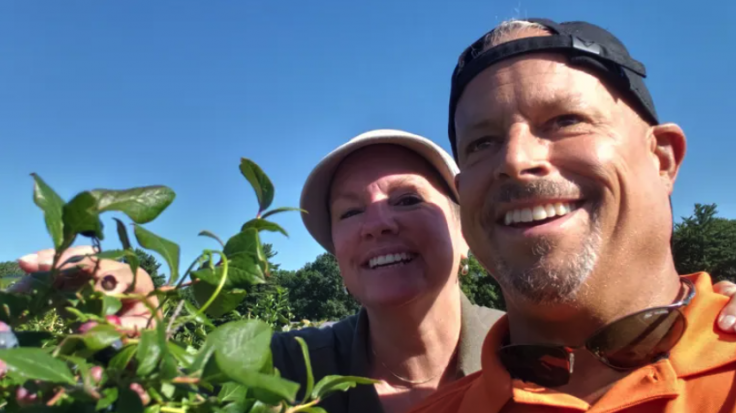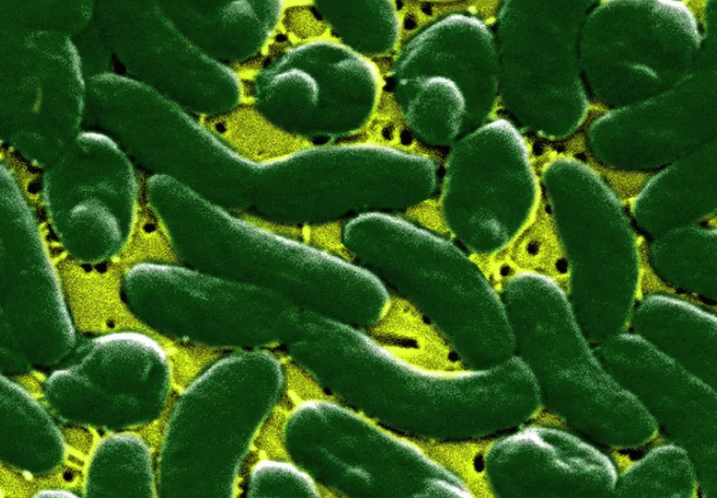When Florida was rocked by Hurricane Ian last month, James Hewitt travelled from Jenson, Michigan, to help out his friend in need.
Days later, the 56-year-old would die after contracting a rare but dangerous bacterial infection.
Hewitt Fell in a Canal, Cut Up His Leg While Helping Clean Up

Hewitt left for Florida on Oct. 4, his fiancée, 54-year-old Leah DeLano, told FOX9. "A friend of his needed help," DeLano told FOX Television Stations. "This friend lost his father 10 days prior and that father had property (house and boat) in Naples, Florida.
This property suffered significant hurricane damage, and they both went down to take care of the property." DeLano said while helping his friend, Hewitt accidentally fell into a canal on October 8. "He cut up his leg somehow and that is how the bacteria entered his body," she said. The wound then developed into an infection.
"James woke his friend and asked him to take him to the hospital because his leg was swollen and in pain," DeLano continued. "He was hospitalized immediately and progressively got worse."
DeLano said her fiancé died on October 11. She said the hospital staff was able to keep him alive until she and Hewitt's two adult children were able to come to Florida to see him.
What is Vibrio Vulnificus Bacteria?

Doctors told DeLano that Hewitt was infected by the Vibrio Vulnificus bacteria, commonly called the "flesh-eating bacteria." As reported by the New York Times, at least seven people have died in Florida after contracting the bacterial infection in the wake of Hurricane Ian.
The U.S. Centers for Disease Control and Prevention says Vibrio Vulnificus can be contracted by eating raw or undercooked oysters and other seafood. However, it can also cause life-threatening infections through an open wound in saltwater or brackish water. Brackish water is a mixture of fresh and salt water.
The CDC said there are ways to prevent infection including staying out of salt water or brackish water, covering your wound with a waterproof bandage, and washing wounds and cuts thoroughly with soap and water. Symptoms can include fever, redness, pain, swelling, warmth, discoloration, and discharge (leaking fluids).









